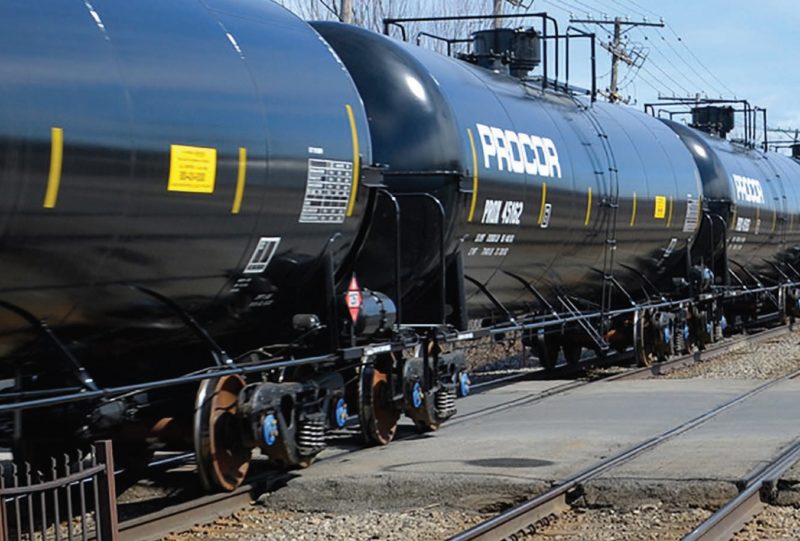How 'Alexa' is threatening society's trust in scientific expertise
Philosopher of science is concerned that voice assistance encourages 'delegation of judgement' to algorithms
Frédéric Bouchard says we should be worried about society's attitudes towards scientists.
Bouchard is a philosopher of science, as well as the dean of the Faculty of Arts and Sciences at the Université de Montréal. In December 2020, he delivered an online talk for the Canadian Immunization Conference, entitled Science and Society.
"I'm not worried so much about the credibility of science," he said, "but I think we should be worried about attitudes concerning the humans, the scientists, producing it. And what it says about society as a whole."
This mistrust of scientists is actually the result of a broader lack of trust across society, Bouchard said, and among people in general. This diminution of trust has been exacerbated by our increased reliance on algorithms and artificial intelligence.
"The true challenges to the credibility of scientific experts," he said, "are more fundamental."
Algorithms and chocolate chip cookies
One of the ways we are all inadvertently feeding the distrust in humans, Bouchard said, is through our trust of algorithms and artificial intelligence.
Bouchard uses the example of requesting a chocolate chip cookie recipe from a voice assistant, such as Siri or Alexa. The device will churn out a recipe immediately, but you have no way of knowing why that was the recipe you were given.
"We don't even see the website. We don't even see the title page," he said. "We just take the first answer that comes up," Bouchard told IDEAS host Nahlah Ayed in a subsequent conversation.
In this way, voice assistance encourages us, as he says, to "delegate our judgment" to the algorithm providing those answers. "That's what concerns me."

Delegating answers to other people is normal, Bouchard maintains, simply because we don't have every answer ourselves. And when we delegate knowledge to others, we then have ways of assessing the credibility of our source — for example, we trust an academic because they're a professor at a university, and we recognize the authority of the institution they belong to.
With voice assistance, however, we don't have any of those markers that help us assess whether the information we're receiving is credible or not.
"Humans are biased. We all know that," he said. But when we assume that artificial intelligence is in some way less biased, we can inadvertently put more trust in computers than our fellow humans.
"When we question the human integrity of others by comparison to our digital algorithms," he said, "we're basically feeding the distrust in humans."
This distrust, in turn, can weaken our trust in people in general, including scientists.
The problem with politicians
It may be counterintuitive, but as Professor Bouchard points out, when politicians declare they are pro-science, they could unintentionally be undermining the public's trust in science.
This kind of statement can lead to science being viewed as a political issue, he argues. It suggests that, "some other people are anti-science, and that everyone has to choose a camp."
Bouchard said he's grateful whenever politicians listen to scientists, because they have valuable information that can inform policy decisions.
However, he does have a caveat.
"When an elected official says 'I believe in science,' the word that concerns me is 'I,'" he said. "In a highly polarized society, I'm afraid it suggests that it's okay not to believe in science. It feels like a personal choice."
It can also lead to a situation where advising scientists may be seen as the ones making the decisions, he said, which can make the public think the scientists are overstepping their role.
Rather, Bouchard adds, it would be better for politicians to say that they've consulted with scientists, but ultimately the decisions were made by those who were democratically elected.
"I'm much more comfortable when elected officials say I have convened a group of scientists, they've given me their best assessment of where we're going, and then we've made the decision," he said.
Hope for the future
Despite his concerns, Bouchard said he hopes that trust in scientific experts will be restored in a meaningful way. One of the main reasons for his optimism is the impact brought on by the isolation many are experiencing in the current pandemic.
"We've lost a lot of social interactions through this pandemic," he said. Since he finds the issue of credible expertise fundamentally about trust in other people and institutions, he sees this craving for social connection as something that will reinvigorate our social bonds.
"There'll be an energy in trusting in each other and building things together," he said. In this way, he sees the pandemic as a kind of necessary reckoning that will ultimately improve trust between people.
On an individual level, this improvement can take the form of asking a friend or relative for a chocolate chip cookie recipe, instead of a voice assistant. This return to trusting the people around us, he said, can help rebuild trust across the board.
"I'm confident that we're able to, and that we will do it."





